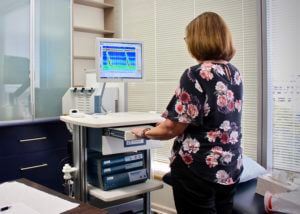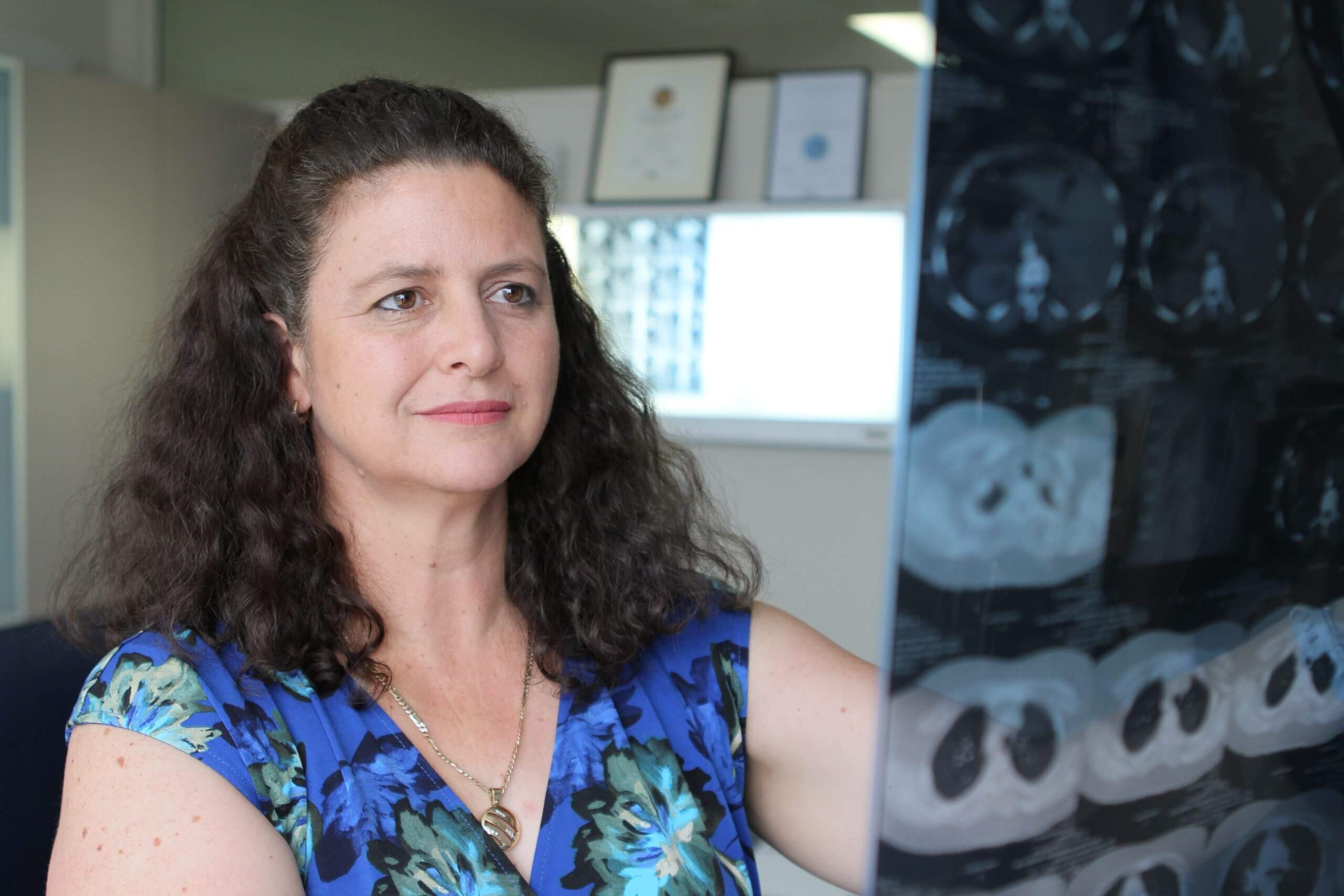The oesophagus is like any part of our body, we don’t really think about it until it starts to fail in its function. It is a thin muscular tube about 20 cm long, running from the back of the mouth, through the neck and chest (behind the heart and lungs), and into the abdomen where it joins to the stomach. It functions like a rapid conveyor belt, propelling food into the stomach which pulverises and liquifies it before its long journey through the small then long intestine for digestion and waste management.
The stomach is one of the most toxic environments you can imagine, full of powerful acid and other chemicals that perform a useful function when they are contained in their rightful place, but cause trouble if they escape up the oesophagus.
What is “Reflux”?
The term “Reflux” is used to describe what happens when acid or other gastric content leaves the stomach and moves up the oesophagus. When someone says they have “reflux” (or “acid reflux”) we ask them specific details about their symptoms to get a better idea of what they are experiencing, as many patients labelled as having reflux disease have other conditions. The symptoms that people with reflux experience can include:
- Heartburn – the word is used to describe pain felt behind the lower breastbone that feels as if it has a “chemical” or “burning” component.
- Regurgitation – this occurs when people feel food or fluid move back up their oesophagus, and it’s quite different from vomiting.
- Epigastric pain – patients often struggle to describe this symptom. When pain occurs at the point where the breastbone meets the abdomen it is often hard to figure out where it is exactly.
- Chest Pain – this pain is often associated with a feeling of food or liquids getting stuck, chest tightness or pain in the jaw, back, or left arm. Sometimes it occurs when people eat or drink, and sometimes it happens in between meals.
- Cough – repetitive coughing can be a symptom of reflux when acid or other toxic chemicals escape out of the stomach and irritate the larynx (voice box).
- Asthma/breathlessness – a feeling of chest tightness that limits the ability to take deep breaths or breathe effectively is often called asthma. Some patients get asthma-like symptoms from reflux.
- Belching/gas trapping – belching, or discomfort relieved by belching is a common symptom with many oesophageal and gastric disorders.
- Bitter taste – some patients with reflux-like symptoms complain of a bitter taste in the back of their throat and in their mouth.
What causes Reflux?
Reflux is not something that is supposed to happen frequently in healthy people, and it occurs only when the pressure inside the stomach becomes greater than the pressure keeping the lower oesophagus closed. The five main causes/drivers of reflux are:
- Hiatus hernia
- Weak lower oesophageal sphincter (valve)
- Weak or abnormal oesophageal function (peristalsis)
- Oesophageal sensitivity
- Gastroparesis (paralysed stomach)
The large majority of patients with reflux experience symptoms but are lucky enough to avoid significant complications. As reflux, unless treated surgically, is a permanent and usually progressive condition, it is worthwhile to consider for each individual affected the potential long-term consequences of the condition.


Reflux Testing & Treatment
When people develop symptoms of reflux or difficulty swallowing (dysphagia) we want to offer them treatment to improve their symptoms but also do tests to determine what the cause of the problem is. If we treat the symptoms but take no action to treat the underlying condition we may miss the opportunity to treat it effectively.
The majority of people who experience “reflux” symptoms try antacids or acid suppression medication prior to having any tests done. If their symptoms don’t improve quickly, if the person is over 50, has anaemia or symptoms of difficulty swallowing (dysphagia) are present, then investigations to rule out serious conditions are worthwhile. No single test is able to diagnose every condition or its severity, so patients with complex problems can sometimes need to undergo several tests before they get an accurate diagnosis or management plan.
Find out more about Reflux Testing here.
Reflux treatment using medications reduces acid but doesn’t reduce reflux. These medications reduce exposure of acid to the oesophagus, but will not change non-acid or weak acid reflux events. They are usually safe however there are a lot of misunderstandings about how they work. These medications reduce the strength of acid that the stomach produces so that reflux episodes can occur without causing discomfort.
Anti-Reflux Procedures (Reflux Surgery)
Endoscopic Surgical Therapies
These work by correcting/repairing the mechanical causes of reflux. The larger the procedure the more effective, but the larger the procedure the more important it is that accurate tests are done in order to avoid overtreatment and side effects.
Find out more about Reflux Treatments and Anti-Reflux Procedures here.
Laparoscopic Surgical Procedures
These all have a lot in common. General anaesthesia, 1-2 night hospital stay, mostly 5mm incisions, and the ability to correct hiatal hernia which is the greatest driver of reflux in most people with oesophagitis (oesophageal ulcers) or Barrett’s oesophagus.
Hiatus Hernia Repair and Hiatus Hernia Repair with Fundoplication
The aim of this procedure is mostly to restore normal anatomy. Most people with reflux have symptoms that progress over years. This progression is mostly due to a gradually enlarging hiatus hernia with more and more stomach delivering more and more acid up into your chest.
To repair a hiatus hernia, the stomach is first pulled back into the abdomen and then the hiatal muscles are tightened to snug around the oesophagus. In those who are identified to have very weak lower oesophageal valves the upper part of the stomach can be wrapped around the lower oesophagus, a “fundoplication”. Wrapping the stomach around the oesophagus creates an additional clasp around it which helps prevent reflux from occurring.
Benefits of Reflux Surgery
People with reflux and oesophageal symptoms are able, thanks to improved diagnostic testing, to get diagnosis and treatment for unpleasant symptoms, even if they have been present for years and endoscopies are “normal”. Endoscopic and surgical therapies for these conditions are safe and effective, as long as appropriate steps have been taken to confirm the diagnosis beforehand.
At Upper GI Surgery we offer sophisticated reflux testing at our main practice in Kogarah, as well as effective reflux (GERD) treatment options.





0 Comments